Sony KD-75X9405C: Big picture, big sound and just plain BIG
If you've got a living room big enough to cope with its scale then this 75-inch behemoth from Sony seriously delivers.


-
+
Gorgeous 4K picture quality
-
+
Best sound heard from a TV
-
+
Bigger is always better...
-
-
Huge chassis design
-
-
Android TV is a bit of a mess
-
-
Slightly reflective screen
Why you can trust T3

You don't have to be a massive TV to make 4K look great, but it's nice.
And TVs don't get much bigger - at least without spending the sort of money only Premiership footballers earn - than the 75-inch Sony 75X9405C. But is its size the only thing it's got going for it?
How attracted you are by the 75X9405C's looks depends on how obsessed you are with the current size zero TV trend.
Basically, if you want a shrinking violet of a TV, this Sony model isn't for you.
Its frame extends many inches beyond the left and right extremities of the screen, while its rear is also at least twice as deep as the typical LCD TV these days, at least over its bottom half.
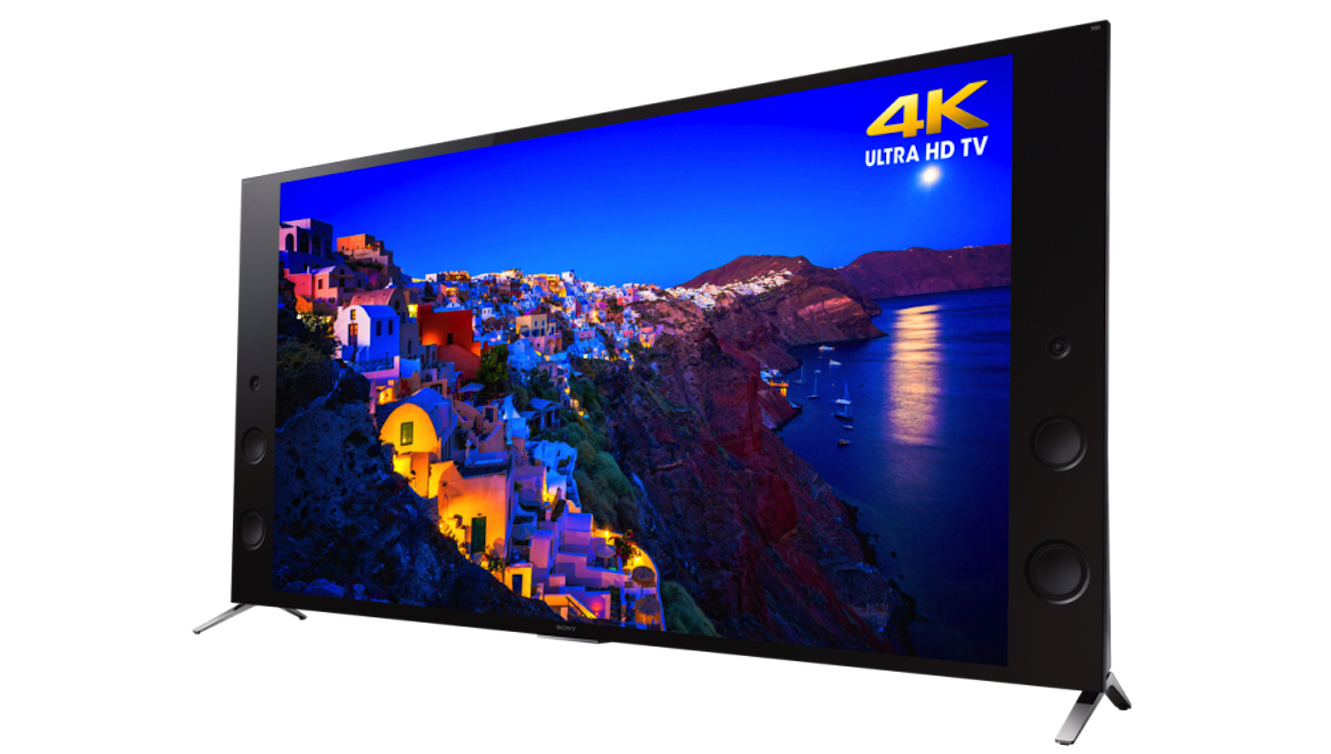
The 75X9405C's heft isn't a result of Sony just deciding to 'let it all hang out', though. For the large bodywork plays host to the most powerful speaker system the mainstream TV world has ever seen.
Two huge main drivers and a high-spec tweeter are cut into the glass on each side of the screen, firing directly towards you for greater impact (most LCD TVs use speakers which fire downwards) and using Sony's magnetic fluid technology to deliver the sort of large, rich sound that normally only comes from large speaker enclosures.
Get all the latest news, reviews, deals and buying guides on gorgeous tech, home and active products from the T3 experts
All the good stuff
So powerful is the 75X9405C's speaker system, in fact, that it's the first TV to earn a 'Hi-Res Audio' badge, signifying its capability of playing high-quality audio file formats like FLAC and WAV.
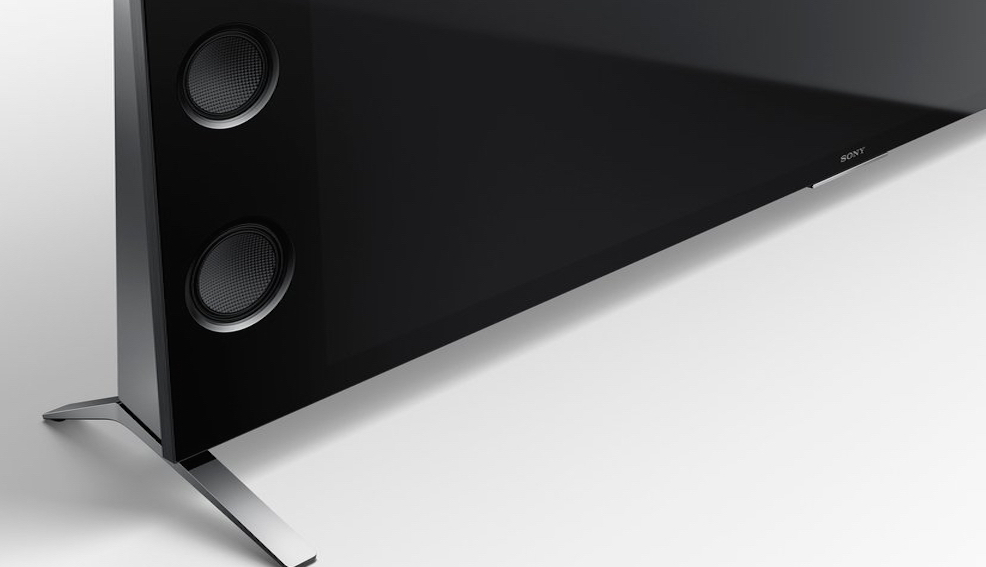
The 75X9405C also marks the debut appearance of the new Android TV system.
This latest attempt by Google to do for Smart TVs what it's done for smartphones and tablets certainly has potential. After all, there's already a huge Android app development community, as well as a vast quantity of already available Android apps.
Thankfully Android TV filters out apps with design features or control systems not compatible with a TV environment, but there are still already hundreds of apps available to keep you busy.
Unfortunately, though, Android TV doesn't ultimately feel like the answer to our smart TV prayers.
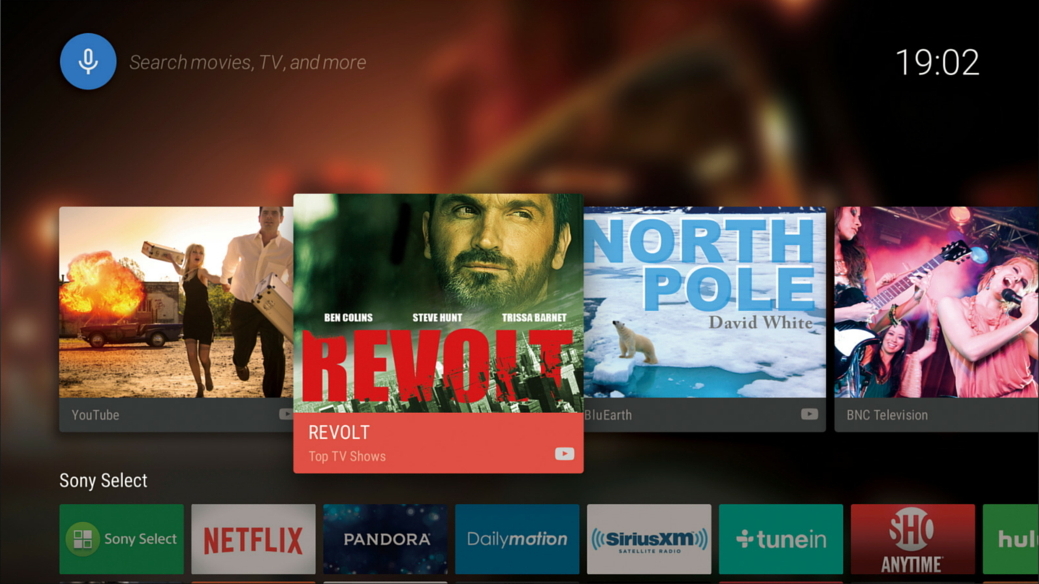
Its interface is overbearing and dictatorial as well as buggy and sluggish; its recommendation system is b0rked; it shows little understanding of the sort of content most people actually want on a TV; and having reams of content often feels like unnecessary clutter.
Plus there's no sign on Android TV of ANY of the UK's main catch-up TV services, making it a relief that Sony is also adding YouView functionality via a firmware update later this year.
The 75X9405C's picture potential isn't just based on the size and 4K resolution of its screen. It's also notable for using a direct LED lighting system, where the LEDs are placed directly behind the screen.
This generally delivers greater contrast and light accuracy - especially when, as is the case here, the TV can control the output of clusters of those lights individually.
The 75X9405C also boasts Sony's Triluminos system for delivering a greatly expanded colour range, and Sony's new 'X1' video processing system. This has been designed from the ground up for the 4K UHD resolution, meaning it should be better both at recognising and adapting to different types of 4K content, and upscaling non-4K content.
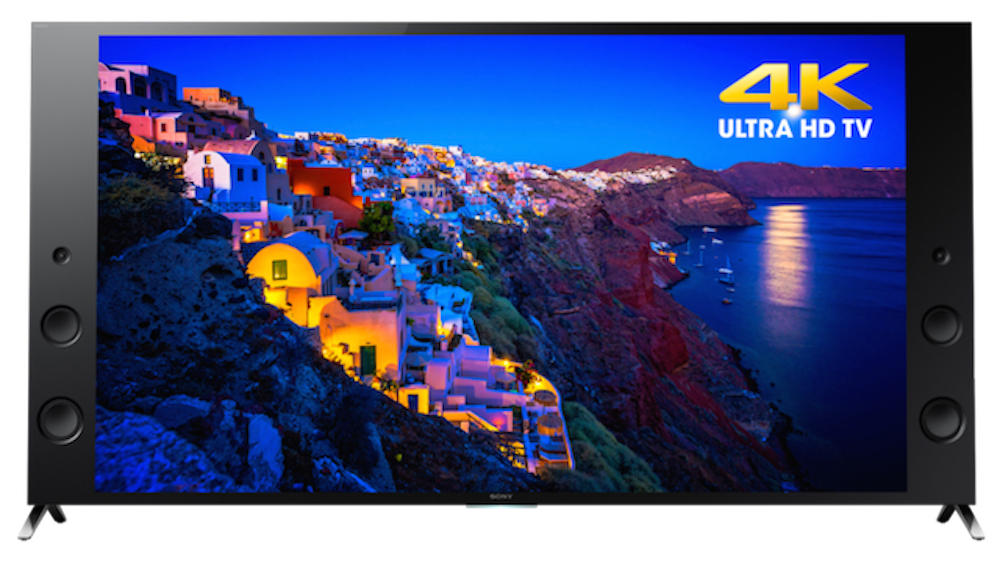
Picture promise
For the most part the 75X9405C delivers spectacularly on all its picture promise.
Its colour handling in particular is mesmerising in its combination of sumptuously rich, dynamic saturations, while tonal subtlety and finesse are simply the best I've seen.
As well as being a joy to behold in its own right, this colour quality work wonders in unlocking the full potential of native 4K UHD feeds, emphasising the impact of all those extra pixels to jaw-dropping effect.
It's worth adding, too, that the screen handles motion better than most LCD TVs, meaning it retains its '4K-ness' better than many 4K UHD rivals when you're watching sports or action movies.
The 75X9405C is also an excellent contrast performer. It manages its backlighting so well that it can produce strikingly rich, deep black colours in the same frame as the aforementioned ultra-rich colours, with precious little of the infusion of greyness that usually upsets dark scenes on LCD TVs.
Provided you keep a sensible lid on the 75X9405C's brightness, meanwhile, it delivers its impressive contrast performance without suffering with clouding or other types of backlight inconsistency.
The combination of outstanding contrast, gorgeous colour resolution, 4K detail/clarity and sheer screen size add up to a picture that really is beautifully cinematic - a feeling that's merely underlined by the 75X9405C's audio.
For when you're not using them to make your digital music sound as awesome as a typical hi-fi, the 75X9405C's showcase speakers do a stunning job of partnering its gorgeous, mammoth pictures with a window-rattlingly powerful, bass-rich, ultra-detailed soundstage.
What's more, thanks to the quality of the 75X9405C's upscaling processing - provided you've reduced the set's sharpness and Reality Creation Resolution setting to around half their preset levels to stop things looking noisy - the 75X9405C's cinematic look can extend to almost anything you watch.
Think Ian Beale goes to Hollywood.
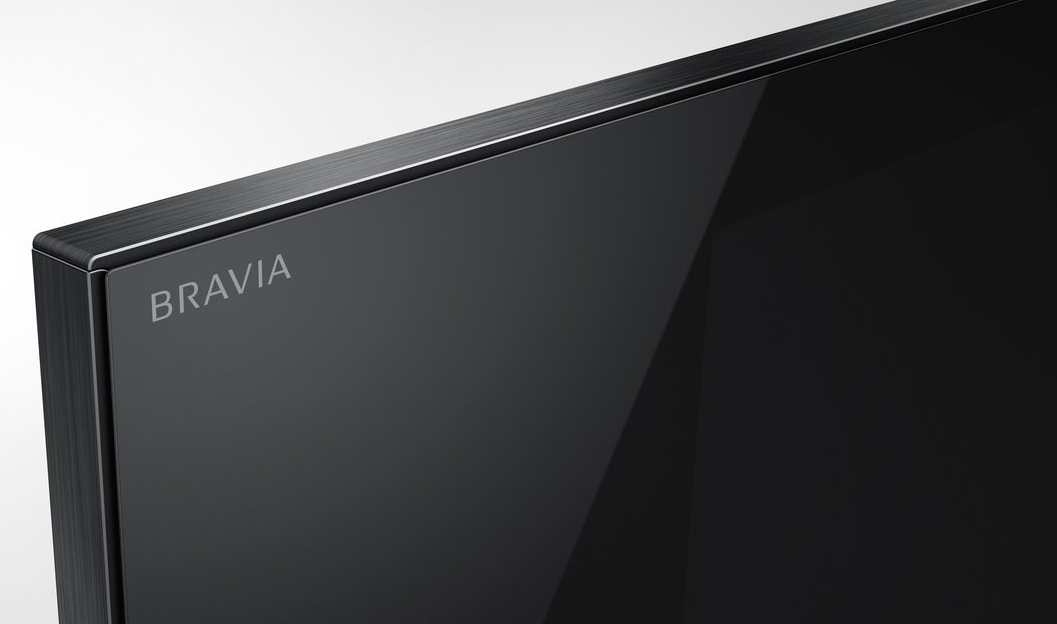
If we must pick nits...
So mesmerisingly good is the 75X9405C overall that it feels almost unfair to pick holes in it.
But there are areas where Sony could try and improve things for future TV generations. As noted already, its new processing system is a bit too eager to inject sharpness into upscaled pictures, resulting in a gritty look to some images that you have to work round via the TV's sharpness tools.
Next, its pictures aren't nearly as bright as those of Samsung's JS9500 series, especially when calibrated to dodge the light 'haloes' around really bright objects that can crop up if you push the screen too hard.
This means it may struggle to give full expression to the expanded contrast range high dynamic range (HDR) content brings to the table when the set's HDR compatibility is unlocked via a firmware update later this year.
Though this is, to some extent, just conjecture at this point.
Other smaller issues are the way the screen can reflect bright objects or light sources in your room, and a marginal loss of shadow detail from dark scenes once you've limited the backlight level to a point where the haloing effect around bright objects has mostly disappeared.
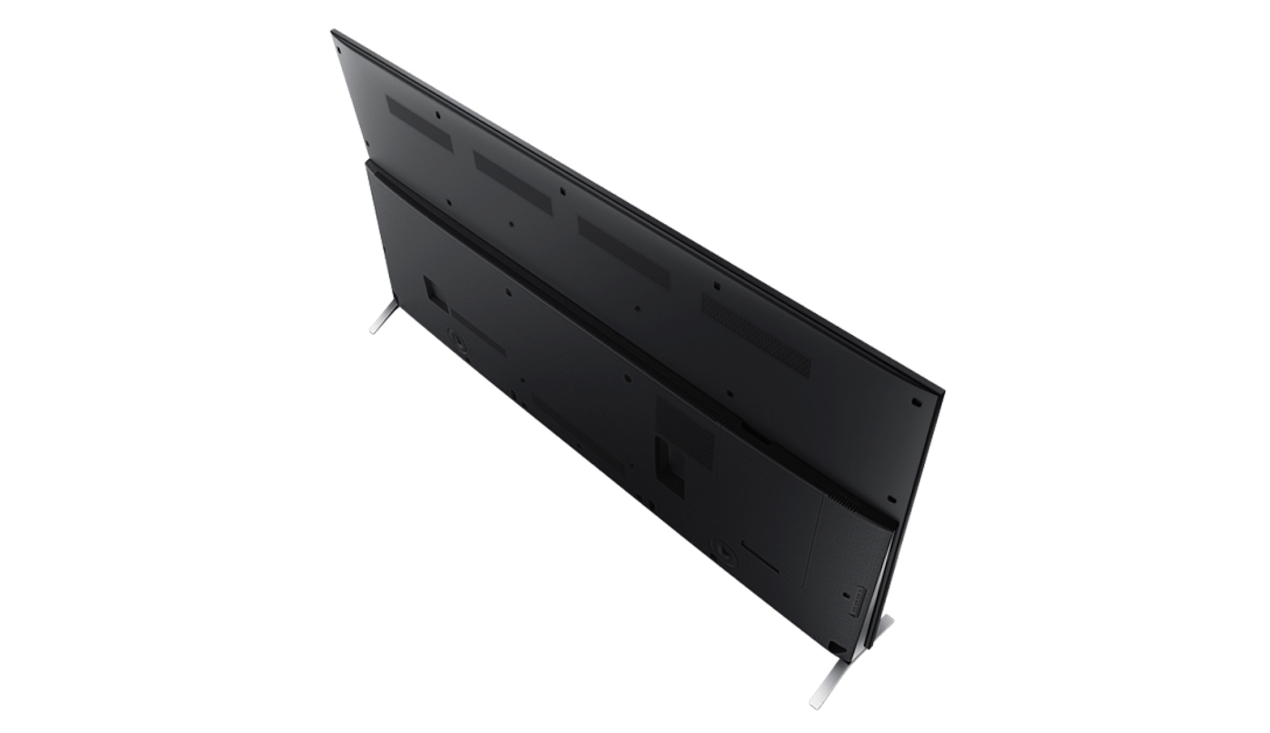
Finally, colours lose a little intensity and the light haloing issue becomes much more pronounced if you have to watch the TV from an angle of more than around 25-30 degrees down the side. But then the vast majority of other LCD TVs suffer viewing angle issues too.
Verdict
Although Samsung may have made the most future proof TVs available this year with its SUHD models and LG may have broken new ground in some areas with its debut OLED 4K TVs, once you've taken everything about the Sony 75X9405C into account - size, price, picture quality, sound quality and features - it's arguably the most all-round attractive TV of the year.
If you can actually fit it in your house…
John Archer has been testing TVs and AV gear for over 25 years, having worked on Home Cinema Choice magazine. He's a contributor to Forbes, TechRadar, Trusted Reviews, Wired and many more places – if you've owned a TV in the last couple of decades, John's probably reviewed it somewhere. He's seen so many hot new technologies come and go, like tears in the rain.
